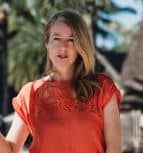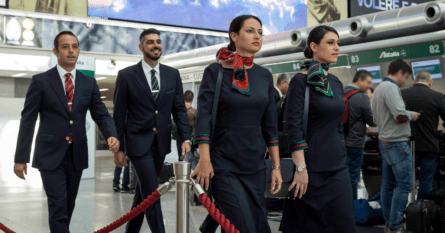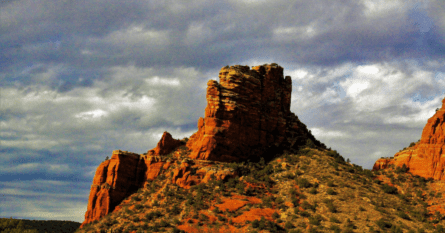Why the modern day Willy Wonka of hotels is hooked on storytelling.
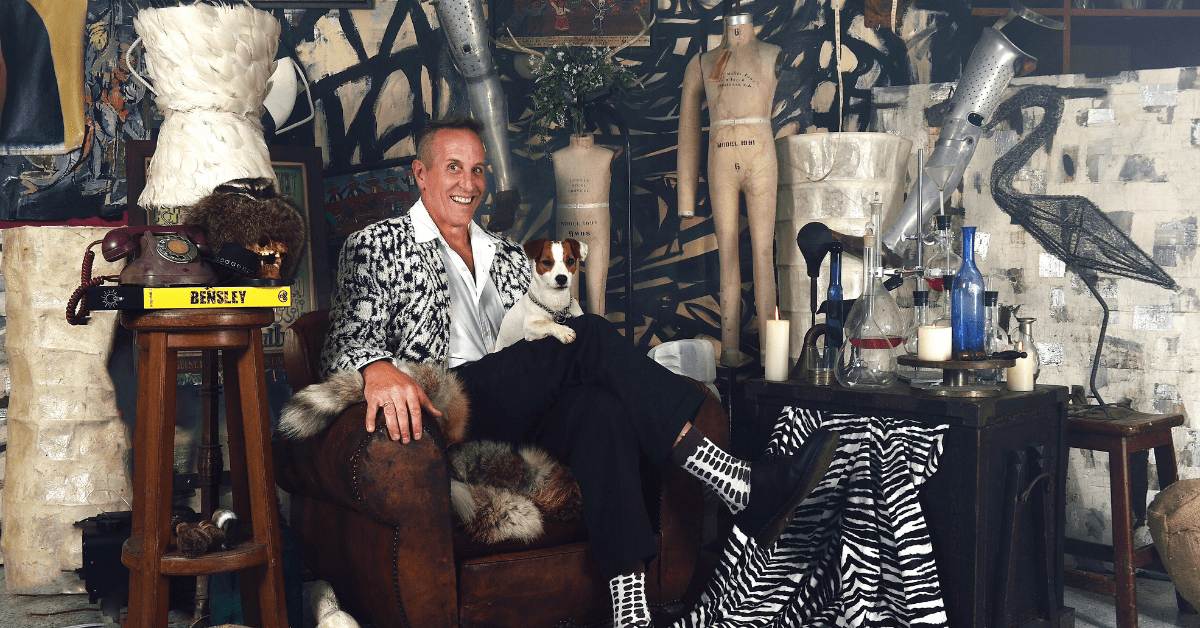
Revolutionary hotel designer Bill Bensley is larger than life, from his 6ft 4in tall stature and embroidered purple silk jacket to his shock of silver hair. The Bangkok-based creator has shaped the worlds of more than 200 hotels in his life so far and was inducted into the Hospitality Design Hall of Fame in November. The man who was born a stone’s throw from Disneyland in California has a simple message. He just wants to make the world a better place.
Bill Bensley is the man behind some of the world’s most iconic hotels. He designed the InterContinental Danang, The Siam Hotel in Bangkok, and the Four Seasons Tented Camp Golden Triangle in Chiang Rai. The latter, which opened in 2006, was awarded the best hotel in the world for three consecutive years. His latest creations include the JW Hotel Phu Quoc in Vietnam, which was inspired by Lamarck University, and Shinta Mani Wild, which was inspired by the trip Jackie Kennedy took to Cambodia in 1967.
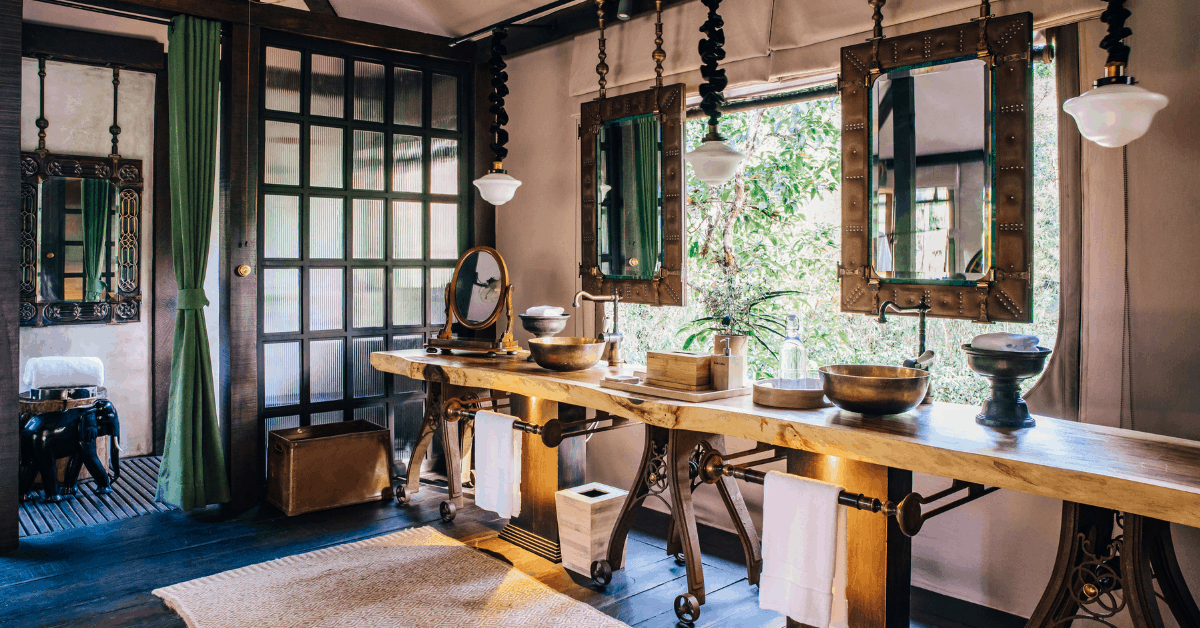
When he’s not designing hotels, he leaves the world behind to go fly-fishing in Mongolia. No matter how fantastic his hotels are, Bensley believes they’ll never achieve anything as beautiful as what Mother Nature has created. That’s why he’s making sure nature takes center stage in his latest designs.
We sat down with Bensley to talk about his inspiration, his travels, and why he believes the future of hotels is storytelling.
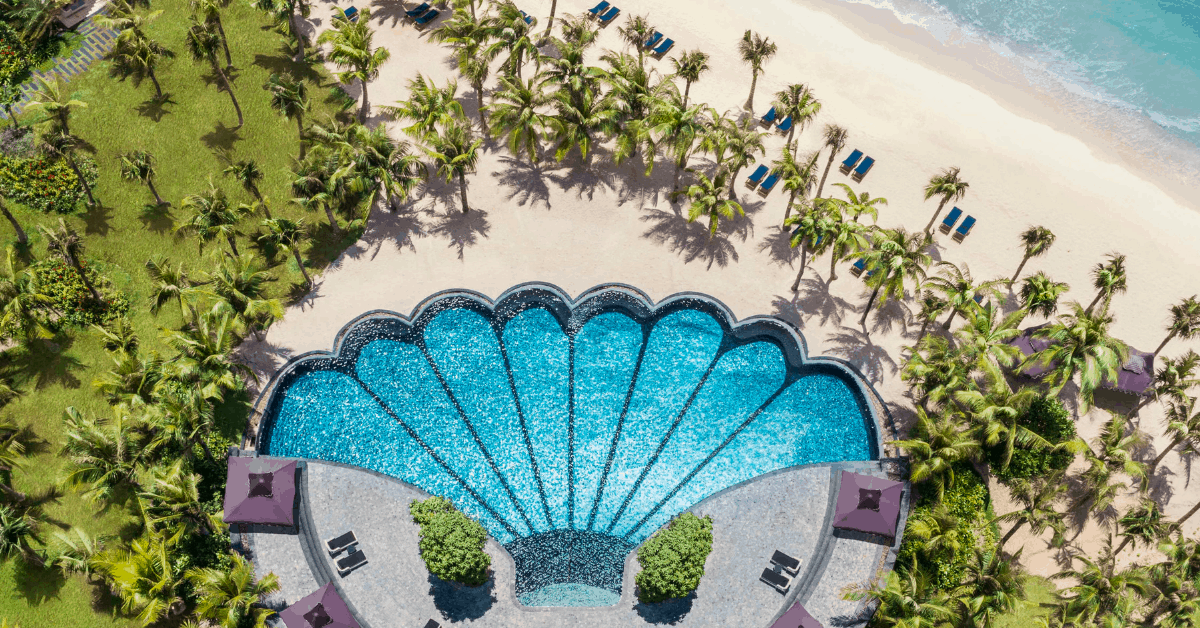
Where do your ideas come from?
I can get them from anywhere. Cereal boxes, a sticker on a table, shoes – for a hotel in Sapa in Vietnam, I got the idea for the design from a Parisian haute couture hat.
Which person has inspired you the most?
The American architect Frank Lloyd Wright. He was most productive when he was in his 80s. What I really like about Frank Lloyd Wright was that he did everything from designing a pencil to designing a city. That inspires me a lot and why I went from being a gardener to an architect, to an interior designer, to a graphic designer.
So why design hotels and not anything else?
It’s a very straight answer. Unlike apartments or condos, it’s a hotel’s business to maintain the property properly, and it’s part of my portfolio. A five-star hotel is going to be maintained better than a four-star or three-star hotel. It’s very selfish. I don’t want anyone to mess it up.
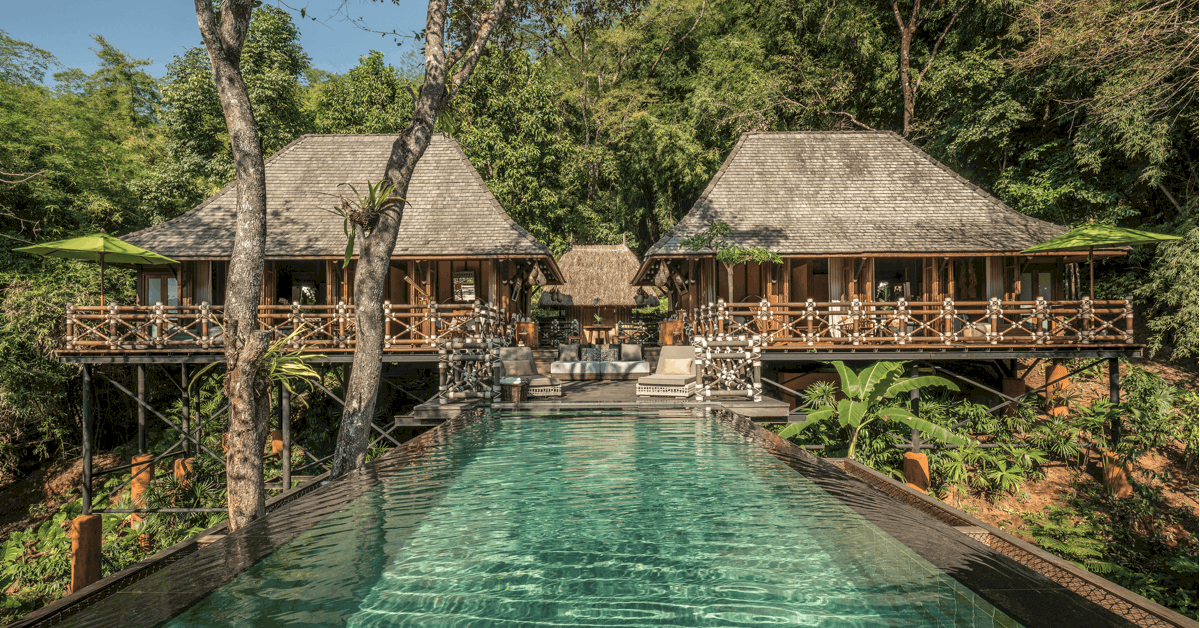
You have designed more than 200 hotels. Is there a common thread between each of your hotels?
I think once there’s a common thread I should give it up. I don’t want to be predictable at all. I want to keep people guessing. I want them to think something different every time.
What is the future of hotels?
I have a dream in 10 years that all hotels will have a purpose, a heart behind them. When we first started working on the Capella Ubud in Bali it was meant to be a 120 room hotel, but it would have decimated the site. I asked if we could do something a bit different – build 20 rooms and charge 10 times the price. I believe that low impact, high yield is a great solution to conservation. So we built this hotel on a beautiful property without cutting down one single tree. What I’m really proud of is that nobody from outside can see it. It hides within the forest. All hotels of the future should be invisible.
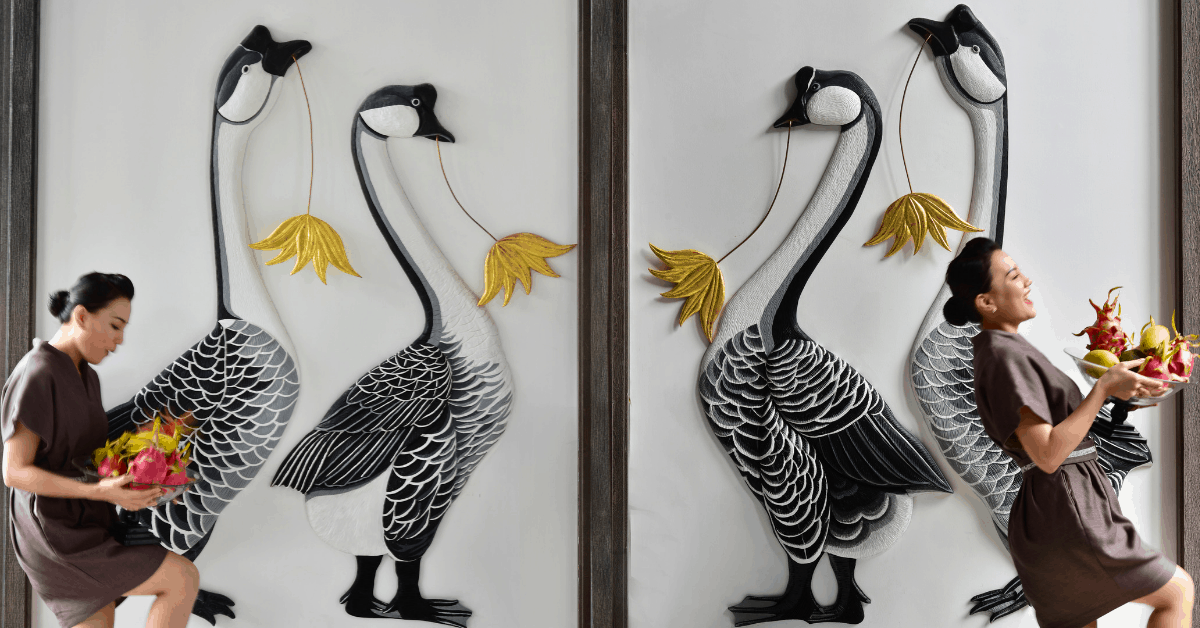
Why are you so focused on storytelling?
I’ve designed over 200 hotels and I have been doing this thing for a long time and I was sick of doing blocks – sick of doing the same old stuff. And even if a hotel doesn’t have a social or ecological purpose, or even if it’s not doing something that’s really meaningful, if you can tell a story [the hotel has a purpose].
Publications have called the Lamarck University, which you used as inspiration for the JW Hotel Phu Quoc in Vietnam, mythical, but you say that this school actually existed?
There was a real school there. It was small. It was along the main street. There were a string of Chinese shophouses that were turned over time into a school. The school grew and grew. It’s a real story. The same with Jackie O visiting King Sihanouk in 1967. That’s a true story. At Shinta Mani Wild in Cambodia, I want to transport people by way of zipline back to 1967. You won’t find anything that looks modern in that hotel. Some of the books are from the 18th-century, while the crystal decanters are antiques.
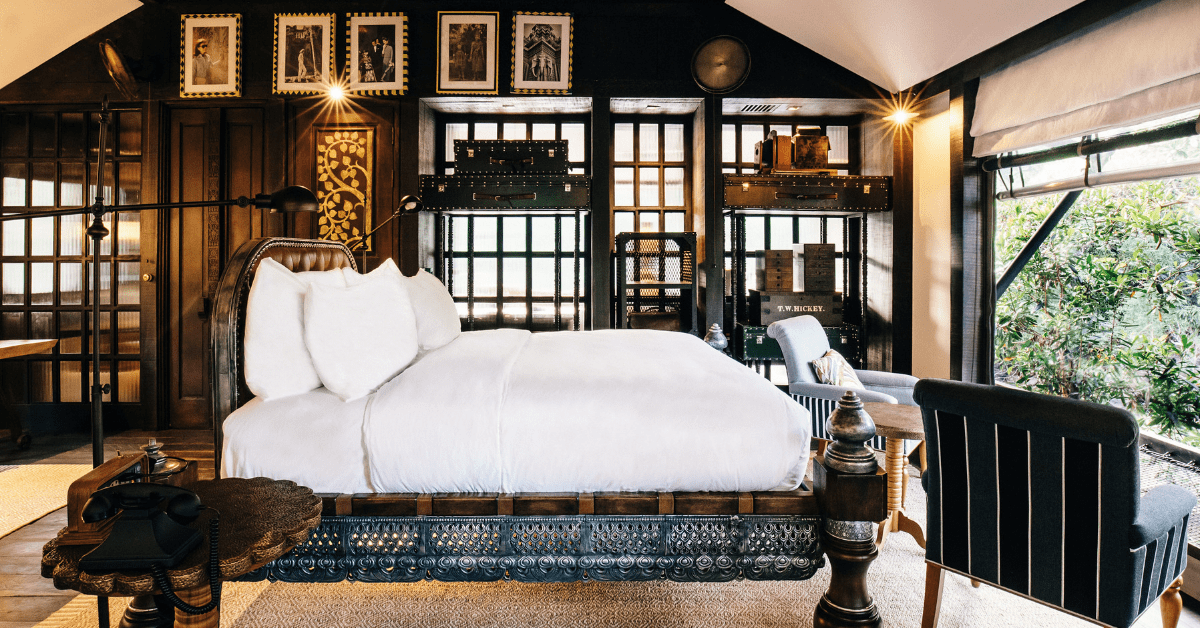
So people are getting a history lesson when they visit one of your hotels?
Exactly, you’re adding to the education of people, you’re adding to the richness of people’s lives. Lamarck University was all about this French naturalist Jean-Baptiste Lamarck who was a predecessor to Darwin. Nobody talks about him. So you can go to any area in the campus [hotel] and learn something about nature.
Do you ever return to your hotels after you have completed them?
I am about to start adding an extension to the Four Seasons Resort Koh Samui, Thailand. We are going to build a Thai farm. We are going to show people what it was like to farm in Thailand in the 1920s. It will be attached to the old hotel, but it will have a new direction.
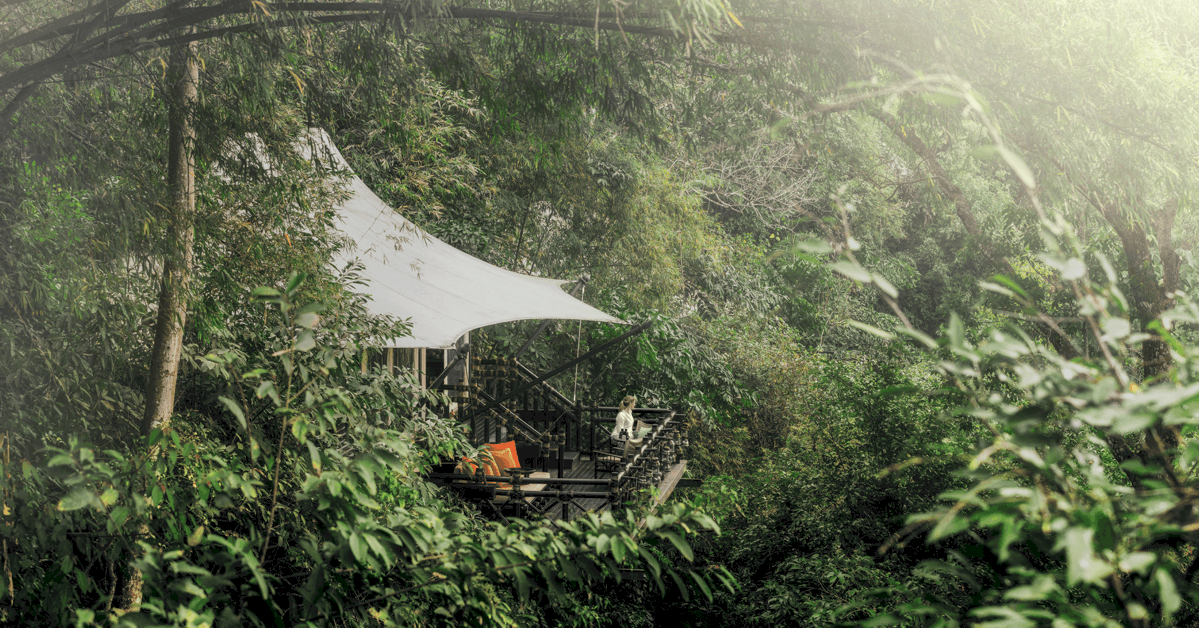
What’s the next project?
About a year ago, a Chinese client asked me to build a zoo. I thought no. But then I went back to those clients and said I would do it if we gave 95 percent of the land to grazing animals and with the remaining 5 percent we built “jails” for people. These, of course, will be Bensley jails, aka luxury hotels. Within these hotels, you’ll have beds on porches so that when you fall asleep you can hear the animals. This should give people the chance to think about animals in a different way. How they should take priority over us.
